Planetary Science

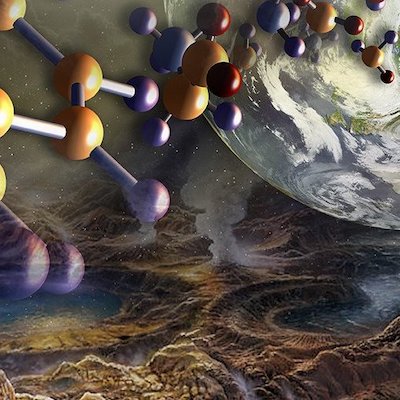
Astrobiology
We study habitability and potential biosignatures across a wide variety of bodies in the Universe, ranging from early Earth to exoplanets. Our work includes learning about the evolution of Earth’s atmosphere and oceans, biosignature preservation in the geologic record, astronomical life detection techniques, the history of habitable environments across the Solar System, and the relationship between planetary habitability and stellar properties.
Faculty: Borlina, Horgan, Olson, Pearce
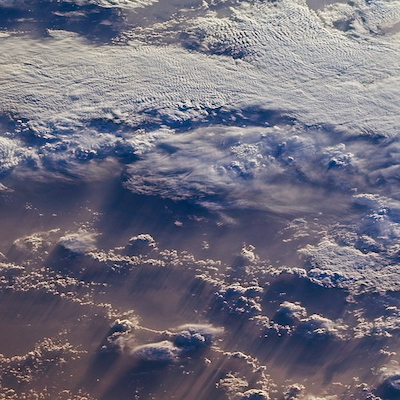
Planetary Atmospheres and Climate
We use laboratory experiments and computer simulations to study cloud formation and atmospheric evolution on a range of planets. We also analyze geological records in order to understand what they teach us about climate history on Earth, Mars, and beyond.
Faculty: A. Johnson, Olson, Pearce, Tremblay
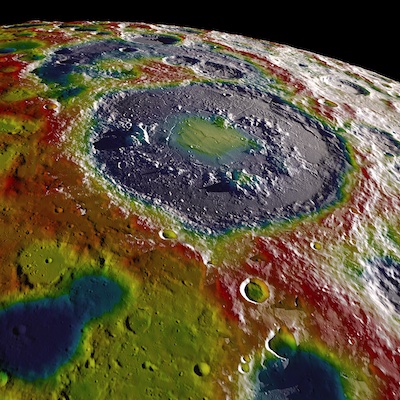
Planetary Geophysics
We study the interiors, geodynamics, tectonics, thermal evolution, and impact processes across the solid bodies of the Solar System using data returned from spacecraft missions and sophisticated numerical models.
Faculty: Borlina, Bramson, Freed, B. Johnson, K. Prissel, T. Prissel, Sori
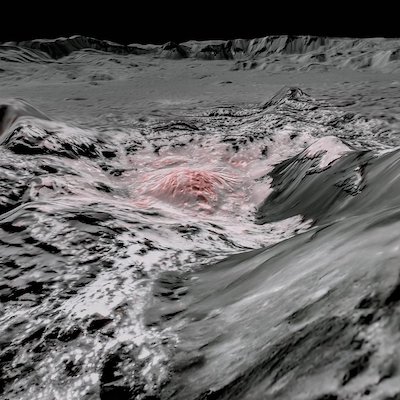
Planetary Surfaces
We study the mineralogical, morphological, and tectonic evolution of planetary surfaces using remote sensing analysis, field and laboratory analog studies, and computational methods to understand the processes and environments that shape the landscapes of planets.
Faculty: Bramson, Horgan, B. Johnson, Minton, K. Prissel, T. Prissel, Sori, Thompson, Tremblay
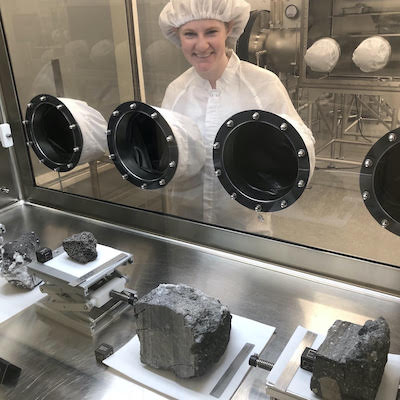
Sample Analysis
We use state-of-the-art laboratory experiments to analyze extraterrestrial samples, including meteorites, Moon rocks returned by Apollo astronauts, and materials collected from asteroids. Our techniques allow us to study the physical and chemical evolution of the surface of the Earth and other planets and moons.
Faculty: Borlina, K. Prissel, T. Prissel, Thompson, Tremblay
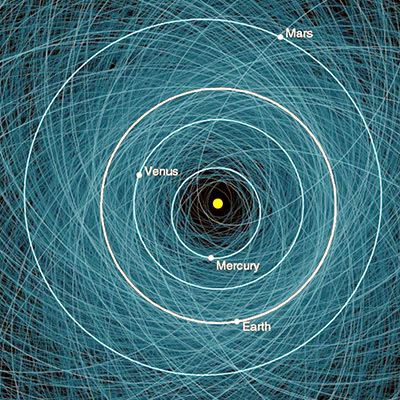
Solar System Dynamics
We use observations of populations of Solar System objects and their orbits, combined with computer simulations, to study the formation and evolution of planetary and satellite systems to understand how our Solar System and others developed through time.
Faculty: Minton
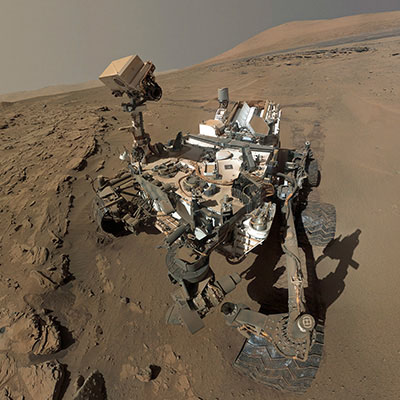
Spacecraft Missions
We have been and are continuing to be involved with NASA and international spacecraft missions, including MESSENGER, Hayabusa2, OSIRIS-REx, GRAIL, the Lunar Reconnaissance Orbiter, the Mars Reconnaissance Orbiter, the Curiosity and Perseverance Mars rovers, Mars Odyssey, Dawn, and more. We are also active in planning the next generation of robotic spacecraft missions, human exploration, and astronomical observatories.
Faculty: All
Planetary Science News
Unrelaxed craters muddy the waters of the dwarf planet Ceres
09-19-2024
NATURE — Ceres’s surface is ice-rich and warm, so we expect craters to viscously flow. Yet most of Ceres’s craters are not shallow. A new model, created by Ian Pamerleau and Prof. Mike Sori of Purdue EAPS, that includes a stronger, progressively dirtier icy crust, frozen from an ancient ocean, may reconcile this discrepancy.
1 million shots for ChemCam on Mars
09-10-2024
CNES — On Wednesday August 21, the millionth ChemCam shot was fired at Mars. This was Sol 4281, the 4281st Martian day of the mission. The data were received on Thursday August 22nd for analysis by the American team. ChemCam was developed at Los Alamos and in France with Prof. Roger Wiens of Purdue EAPS as its leader 2004-2021. He and student Mia Rudin are still using it to study Mars.
ChemCam fires its laser for the millionth time on Mars
09-10-2024
LOS ALAMOS — The Curiosity rover has been roaming the red planet for 12 years and has fired its one millionth laser shot on Mars. It began zapping away over 12 years ago and is still going strong. ChemCam was developed at Los Alamos and in France with Prof. Roger Wiens of Purdue EAPS as its leader 2004-2021. He and student Mia Rudin are still using it to study Mars.
Investigating Origins of CO2 Ice on Uranian Moons
09-03-2024
EOS EDITOR'S HIGHLIGHT — A new study investigates the role of volatile migration in the unique Uranian thermal environment. The study's lead author is Stephanie Menten, PhD candidate with Purdue EAPS, et al. test theories of CO2 origin on Ariel by modeling the transport and sublimation of CO2 across the surface. The high obliquity of the Uranus system means that the subsolar point on these moons varies between near the south pole and near the north pole on seasonal timescales (one Uranus year is about 84 Earth years). The authors find that CO2 ice can migrate on timescales of just a few Uranian years, and that it will tend to migrate towards Ariel’s equator and away from the poles, uniformly in longitude.
From lab to lunar and beyond: Check out some of the innovative space research from Purdue University
08-26-2024
PURDUE NEWS — Space scientists are the boots on the ground of extraterrestrial exploration, and Purdue’s researchers rank among the most elite. This collection of impactful news from Purdue University’s space research labs represents the wonder of outer space’s limitless potential. Included in this roundup is research by EAPS faculty Ali Bramson, Alexandria Johnson, Brandon Johnson and Briony Horgan.
Perseverance rover is making a steep ascent to reach unexplored Martian territory
08-26-2024
CNN — The Perseverance rover has begun a long climb up the steep rim of Jezero Crater on a quest to discover some of the most ancient rocks on Mars — and the potential for environments that may have once hosted life on the red planet. “We should be able to access and sample some of the oldest rocks on Mars in the crater rim,” said Briony Horgan, co-investigator on the Perseverance rover mission and professor of planetary science at Purdue University.
Ocean Salinity Affects Earth’s Climate. How About on Exoplanets?
08-19-2024
UNIVERSE TODAY — There’s a link between Earth’s ocean salinity and its climate. Salinity can have a dramatic effect on the climate of any Earth-like planet orbiting a Sun-like star. But how would ocean salinity affect exoplanets that orbit stars which are different from our Sun? That’s the question behind new research titled “Climatic Effects of Ocean Salinity on M Dwarf Exoplanets.” The lead author is Kyle Batra from the Department of Earth, Atmospheric, and Planetary Science at Purdue University. Batra is also a member of the NASA Network for Ocean Worlds Exo-oceanography Team.
NASA’s Perseverance rover may have just found what it was looking for on Mars
07-29-2024
CNN — The NASA Perseverance rover may have found a pivotal clue that’s central to its mission on Mars: geological evidence that could suggest life existed on the red planet billions of years ago. “We’re absolutely thrilled to have this sample in the bag!” said Briony Horgan, co-investigator on the Perseverance rover mission and professor of planetary science at Purdue University.